RAK14008 WisBlock Gesture Sensor Module Quick Start Guide
Prerequisite
What Do You Need?
Before going through each and every step on using the RAK14008 WisBlock module, make sure to prepare the necessary items listed below:
Hardware
- RAK14008 WisBlock Gesture Sensor Module
- Your choice of WisBlock Base with IO slot
- Your choice of WisBlock Core
- USB Cable
- RAK19008 WisBlock IO Extension Cable (optional)
- Li-Ion/LiPo battery (optional)
- Solar charger (optional)
Software
- Download and install the Arduino IDE.
- To add the RAKwireless Core boards on your Arduino board, install the RAKwireless Arduino BSP. Follow the steps in the GitHub repo.
Product Configuration
Hardware Setup
RAK14008 is a gesture sensor module based on PAJ7620U2. It is designed for gesture recognition applications with an I2C digital interface. It can recognize nine (9) human hand gesticulations such as moving up, down, left, right, forward, backward, circle-clockwise, circle-counter clockwise, and waving. It also offers built-in proximity detection in sensing approaching or departing objects from the sensor.
For more information about RAK14008, refer to the Datasheet.
RAK14008 module can be connected to the IO slot of WisBlock Base to communicate with the WisBlock Core, as shown in Figure 1. Also, always secure the connection of the WisBlock module by using compatible screws.
 Figure 1: RAK14008 connection to WisBlock Base
Figure 1: RAK14008 connection to WisBlock BaseAssembling and Disassembling of WisBlock Modules
Assembling
The RAK14008 module can be mounted on the IO slot of the WisBlock Base board, as shown in Figure 2. Also, always secure the connection of the WisBlock module by using compatible screws.
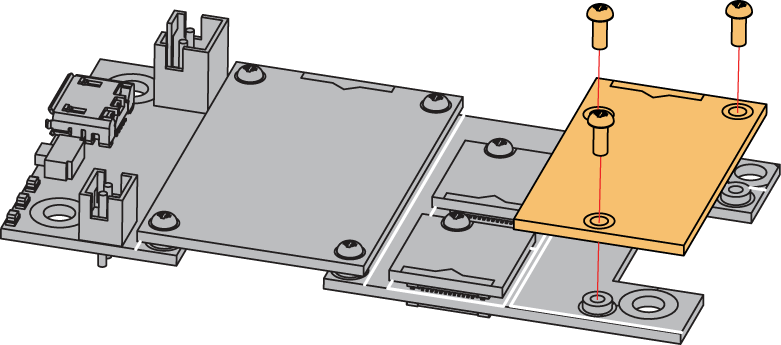 Figure 1: RAK14008 mounting connection to WisBlock Base module
Figure 1: RAK14008 mounting connection to WisBlock Base moduleDisassembling
The procedure in disassembling any type of WisBlock module is the same.
- Remove the screws.
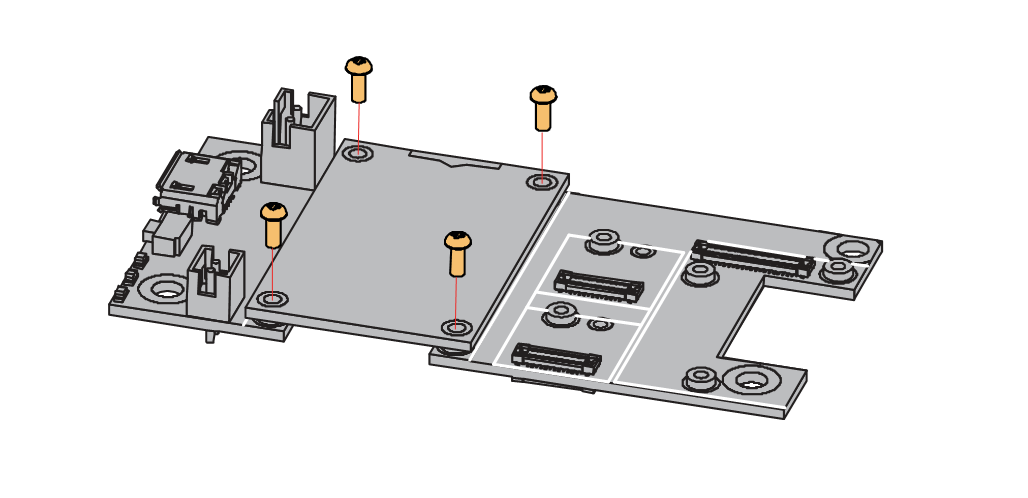 Figure 1: Removing screws from the WisBlock module
Figure 1: Removing screws from the WisBlock module- Once the screws are removed, check the silkscreen of the module to find the correct location where force can be applied.
 Figure 1: Detaching silkscreen on the WisBlock module
Figure 1: Detaching silkscreen on the WisBlock module- Apply force to the module at the position of the connector, as shown in Figure 5, to detach the module from the baseboard.
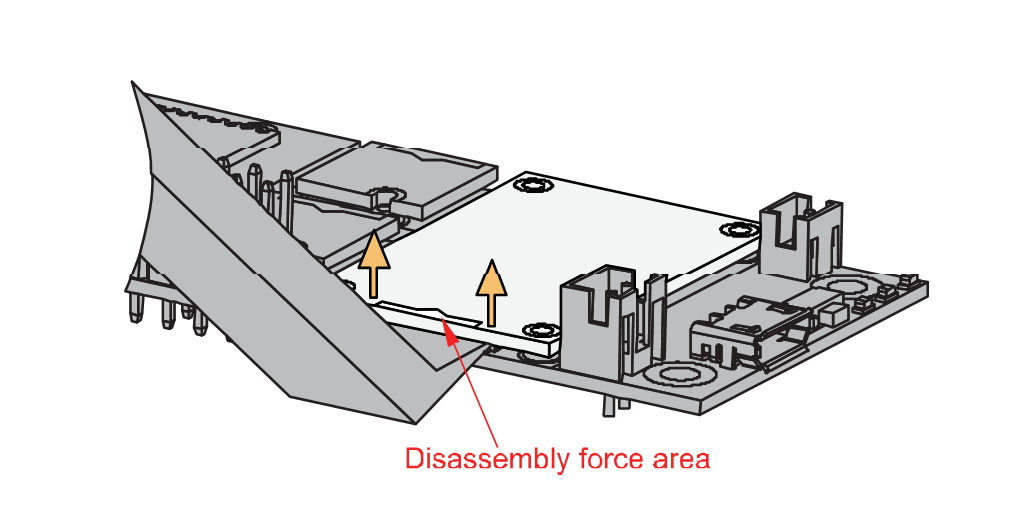 Figure 1: Applying even forces on the proper location of a WisBlock module
Figure 1: Applying even forces on the proper location of a WisBlock moduleIf you will connect other modules to the remaining WisBlock Base slots, check on the WisBlock Pin Mapper tool for possible conflicts.
After all this setup, you can now connect the battery (optional) and USB cable to start programming your WisBlock Core.
- Batteries can cause harm if not handled properly.
- Only 3.7-4.2 V Rechargeable LiPo batteries are supported. It is highly recommended not to use other types of batteries with the system unless you know what you are doing.
- If a non-rechargeable battery is used, it has to be unplugged first before connecting the USB cable to the USB port of the board to configure the device. Not doing so might damage the battery or cause a fire.
- Only 5 V solar panels are supported. Do not use 12 V solar panels. It will destroy the charging unit and eventually other electronic parts.
- Make sure the battery wires match the polarity on the WisBlock Base board. Not all batteries have the same wiring.
Software Configuration and Example
Initial Test of the RAK14008 WisBlock Module
-
Install the RAKwireless Arduino BSP for WisBlock by using the
package_rakwireless_index.jsonboard installation package. The WisBlock Core should now be available on the Arduino IDE. -
You need to select first the WisBlock Core you have.
RAK4631 Board
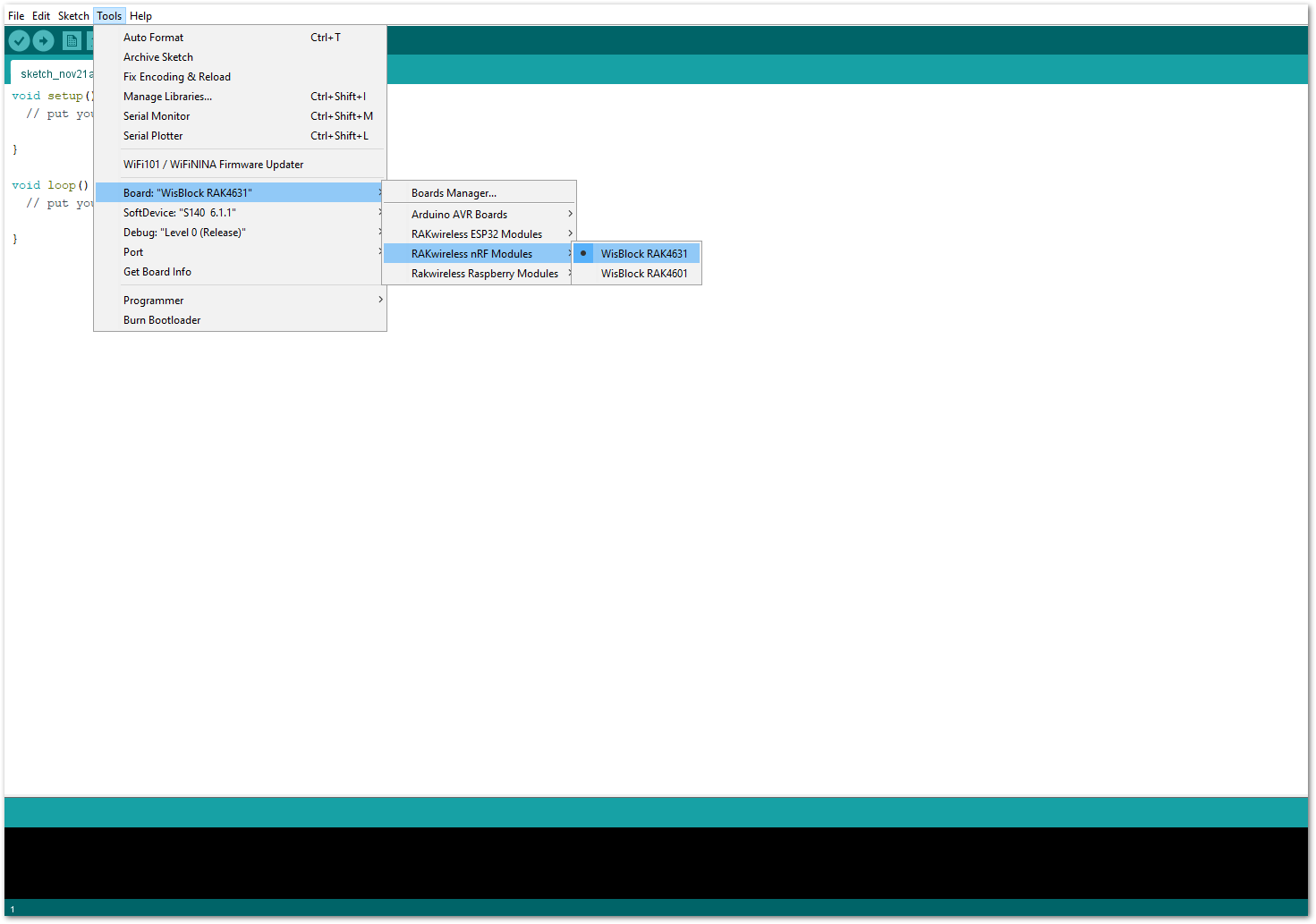 Figure 1: Selecting RAK4631 as WisBlock Core
Figure 1: Selecting RAK4631 as WisBlock CoreRAK11200 Board
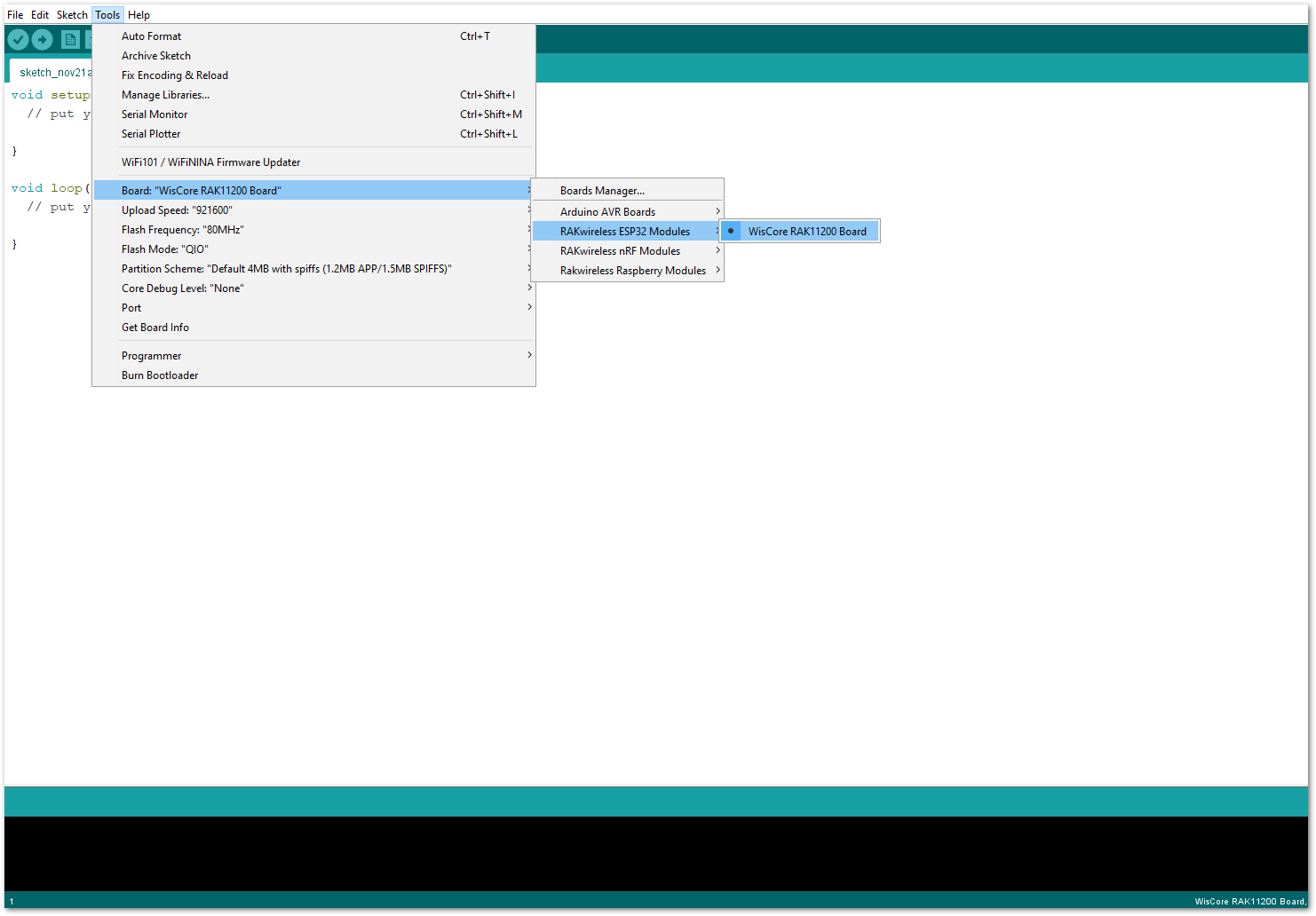 Figure 1: Selecting RAK11200 as WisBlock Core
Figure 1: Selecting RAK11200 as WisBlock CoreRAK11310 Board
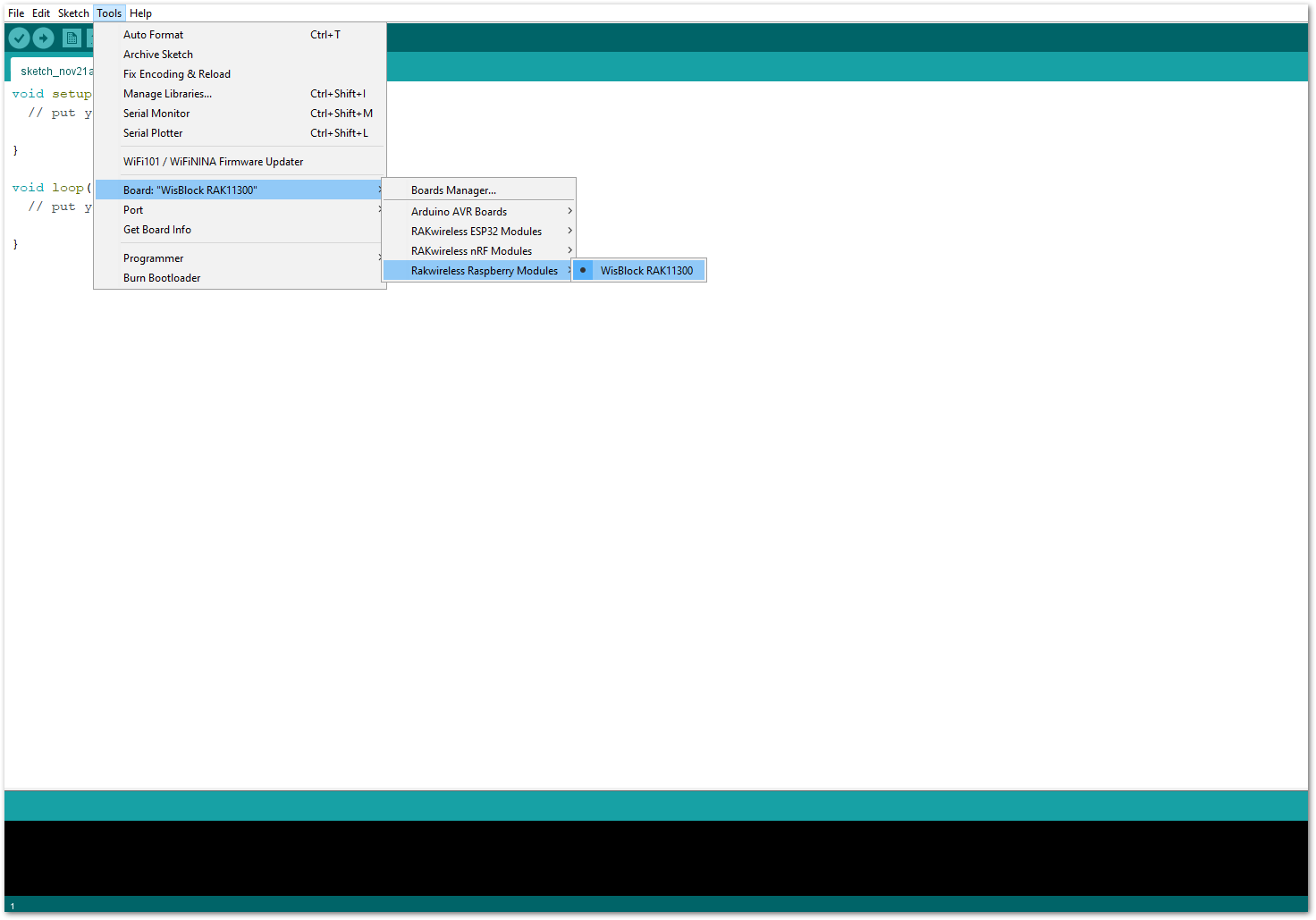 Figure 1: Selecting RAK11310 as WisBlock Core
Figure 1: Selecting RAK11310 as WisBlock Core- Next, copy the following sample code into your Arduino IDE:
Click to view the code
/**
@file RAK14008_Gesture_Recognize_PAJ7620.ino
@author rakwireless.com
@brief This example can recognize 9 gestures and output the result,
including move up, move down, move left, move right, move forward,
move backward, circle-clockwise, circle-counter clockwise, and wave.
@version 0.1
@date 2021-9-28
@copyright Copyright (c) 2021
**/
#include "RevEng_PAJ7620.h" //Click here to get the library: http://librarymanager/All#Gesture_PAJ7620
RevEng_PAJ7620 sensor = RevEng_PAJ7620(); // Create gesture sensor Object.
void setup()
{
pinMode(WB_IO2, OUTPUT);
digitalWrite(WB_IO2, HIGH);
// Initialize Serial for debug output
time_t timeout = millis();
Serial.begin(115200);
while (!Serial)
{
if ((millis() - timeout) < 5000)
{
delay(100);
}
else
{
break;
}
}
Serial.println("RAK14008 PAJ7620 Test example.");
Serial.println("PAJ7620 sensor demo: Recognizing all 9 gestures.");
if( !sensor.begin() ) // Returns 0 if sensor connect fail
{
Serial.print("PAJ7620 I2C error - halting");
while(1)
{
delay(10);
}
}
Serial.println("PAJ7620 Init OK.");
Serial.println("Please input your gestures:");
}
void loop()
{
Gesture gesture; // Gesture is an enum type from RevEng_PAJ7620.h
gesture = sensor.readGesture(); // Read back current gesture (if any) of type Gesture
switch (gesture)
{
case GES_FORWARD:
{
Serial.print("GES_FORWARD");
break;
}
case GES_BACKWARD:
{
Serial.print("GES_BACKWARD");
break;
}
case GES_LEFT:
{
Serial.print("GES_LEFT");
break;
}
case GES_RIGHT:
{
Serial.print("GES_RIGHT");
break;
}
case GES_UP:
{
Serial.print("GES_UP");
break;
}
case GES_DOWN:
{
Serial.print("GES_DOWN");
break;
}
case GES_CLOCKWISE:
{
Serial.print("GES_CLOCKWISE");
break;
}
case GES_ANTICLOCKWISE:
{
Serial.print("GES_ANTICLOCKWISE");
break;
}
case GES_WAVE:
{
Serial.print("GES_WAVE");
break;
}
case GES_NONE:
{
break;
}
}
if(gesture != GES_NONE)
{
Serial.print(", Code: ");
Serial.println(gesture);
}
delay(100);
}
If you experience any error in compiling the example sketch, check the updated code for your WisBlock Core Module that can be found on the RAK14008 WisBlock Example Code Repository and this sample code in Github will work on all WisBlock Core.
- Once the example code is open, install the PAJ7620 library by clicking the yellow highlighted link, as shown in Figure 9 and Figure 10.
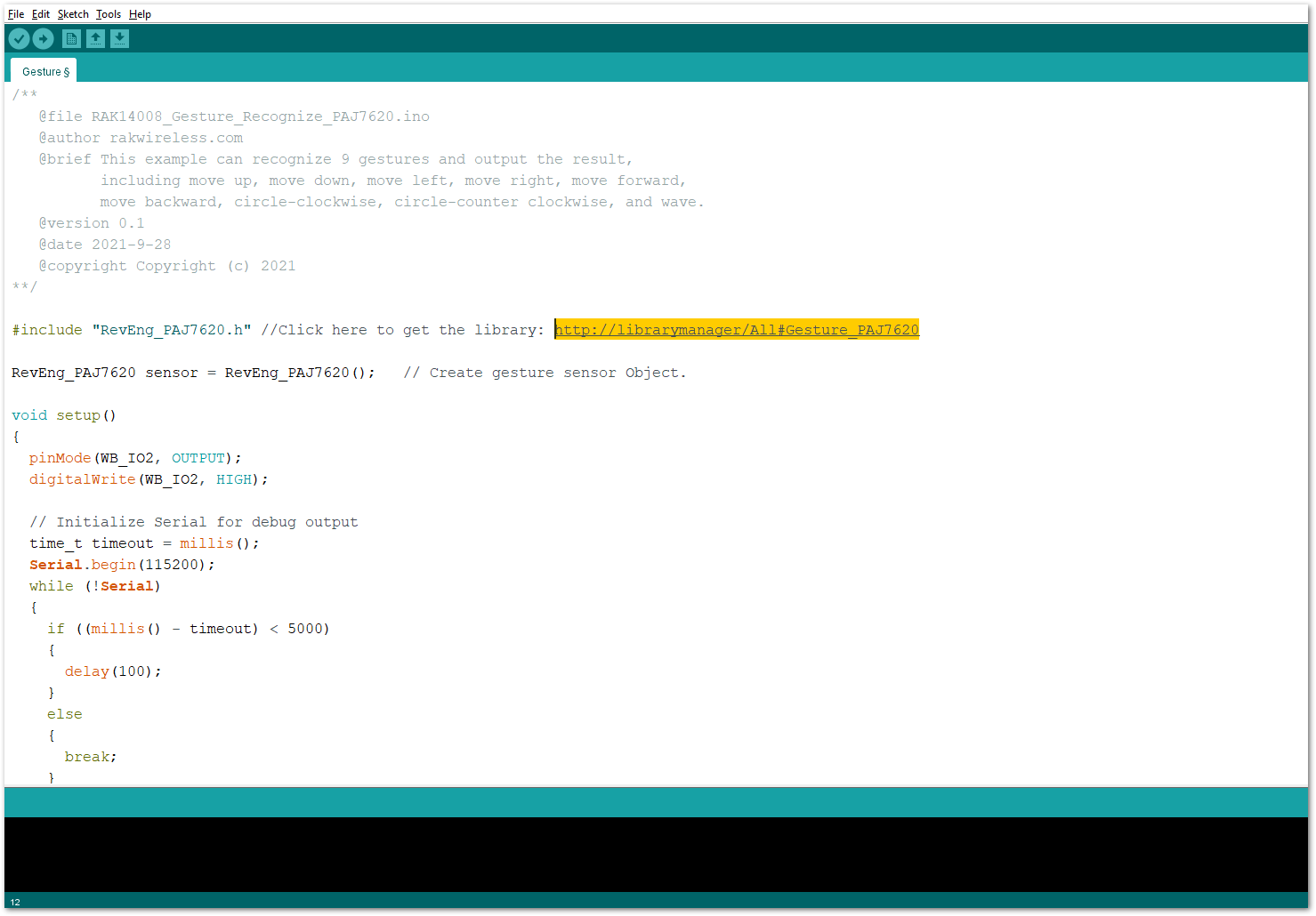 Figure 1: Accessing the library used for RAK14008 Module
Figure 1: Accessing the library used for RAK14008 Module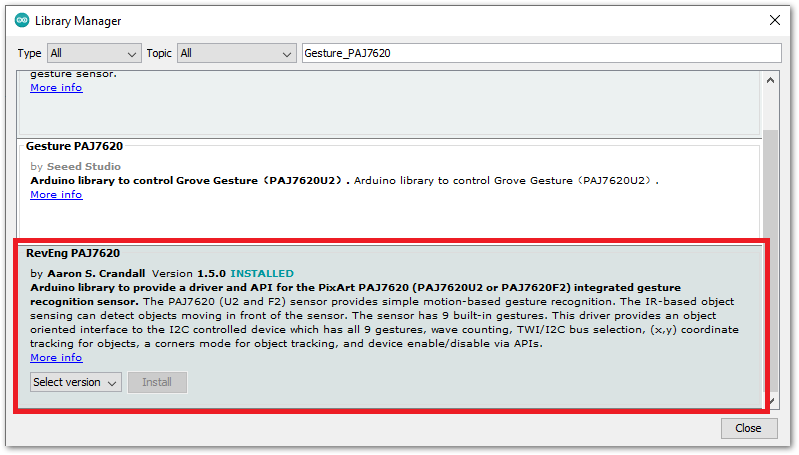 Figure 1: Installing the compatible library for RAK14008 Module
Figure 1: Installing the compatible library for RAK14008 Module- After the successful installation of the library, you can now select the right serial port and upload the code, as shown in Figure 11 and Figure 12.
If you're using the RAK11200 as your WisBlock Core, the RAK11200 requires the Boot0 pin to be configured properly first before uploading. If not done properly, uploading the source code to RAK11200 will fail. Check the full details on the RAK11200 Quick Start Guide.
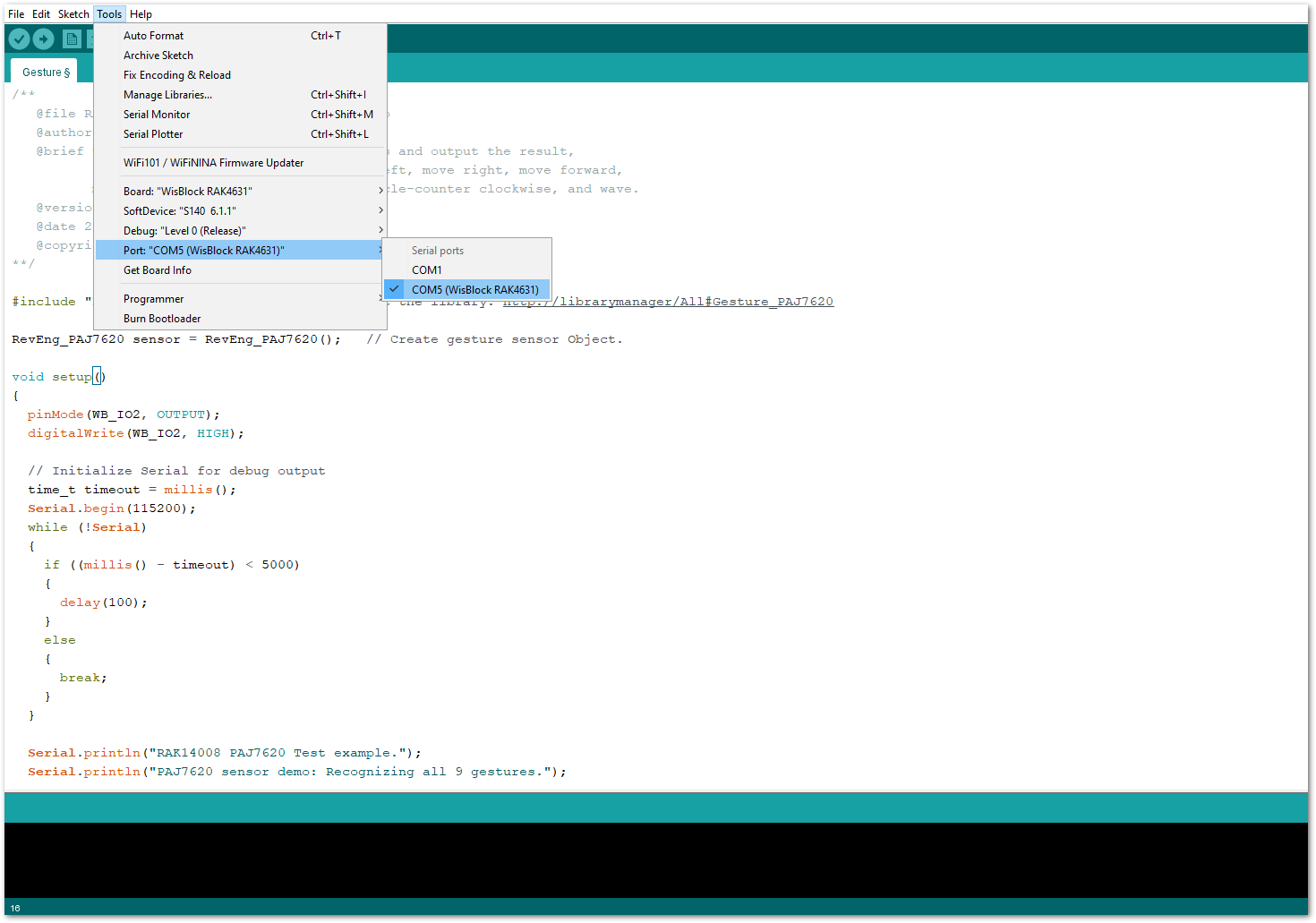 Figure 1: Selecting the correct Serial Port
Figure 1: Selecting the correct Serial Port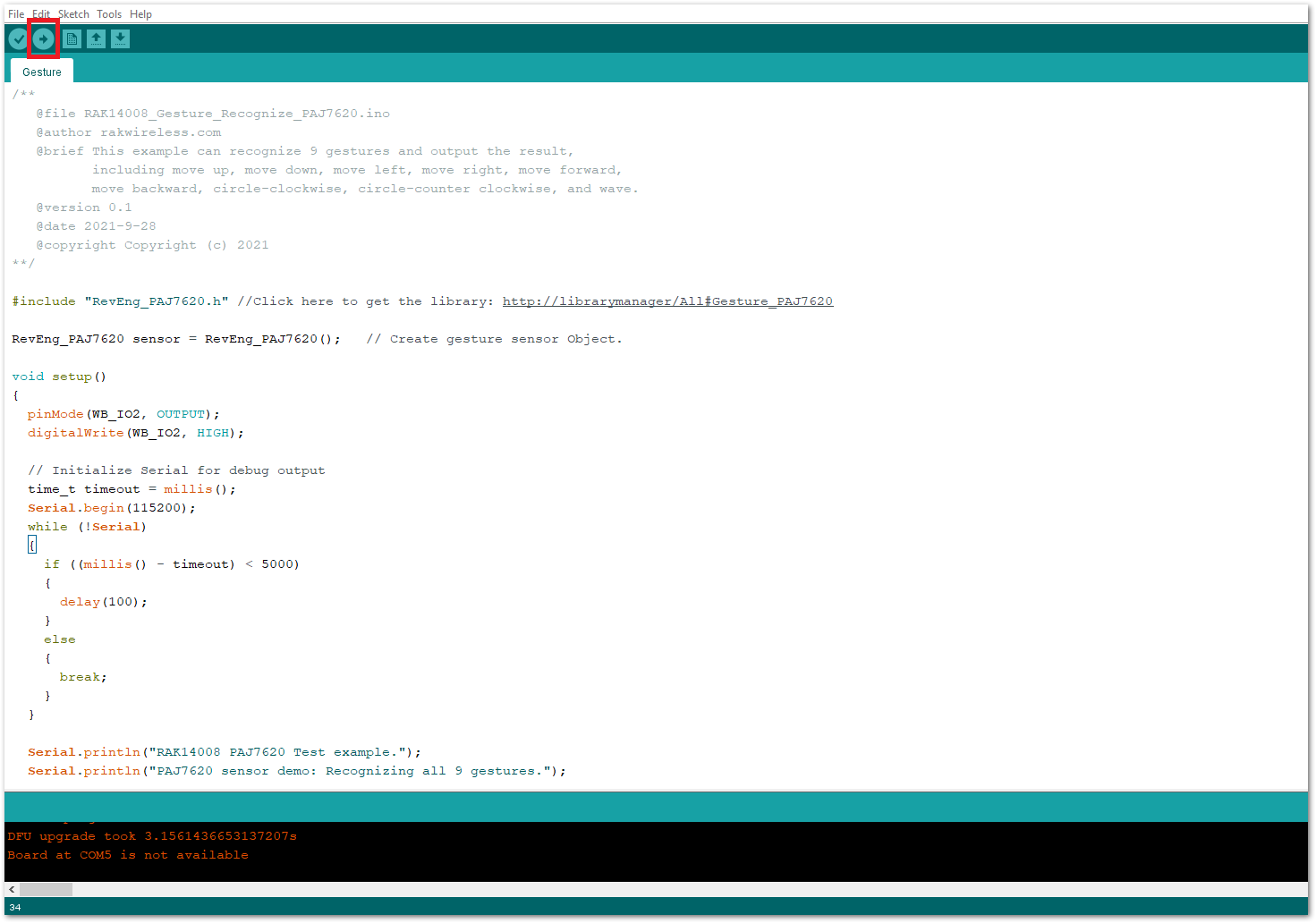 Figure 1: Uploading the RAK14008 example code
Figure 1: Uploading the RAK14008 example code- When you successfully uploaded the example sketch, open the Serial Monitor of the Arduino IDE, set the baud rate correctly, and once you have made a gesture or movement in front of the RAK14008 sensor, you'll be able to see the sensor's output as shown below in Figure 13. Therefore, your RAK14008 is properly communicating to the WisBlock core.
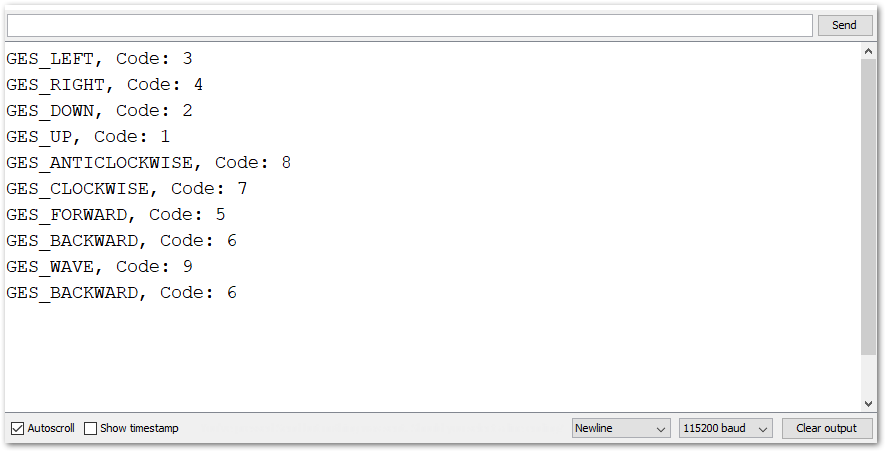 Figure 1: RAK14008 Gesture Sensor Serial Readings
Figure 1: RAK14008 Gesture Sensor Serial Readings